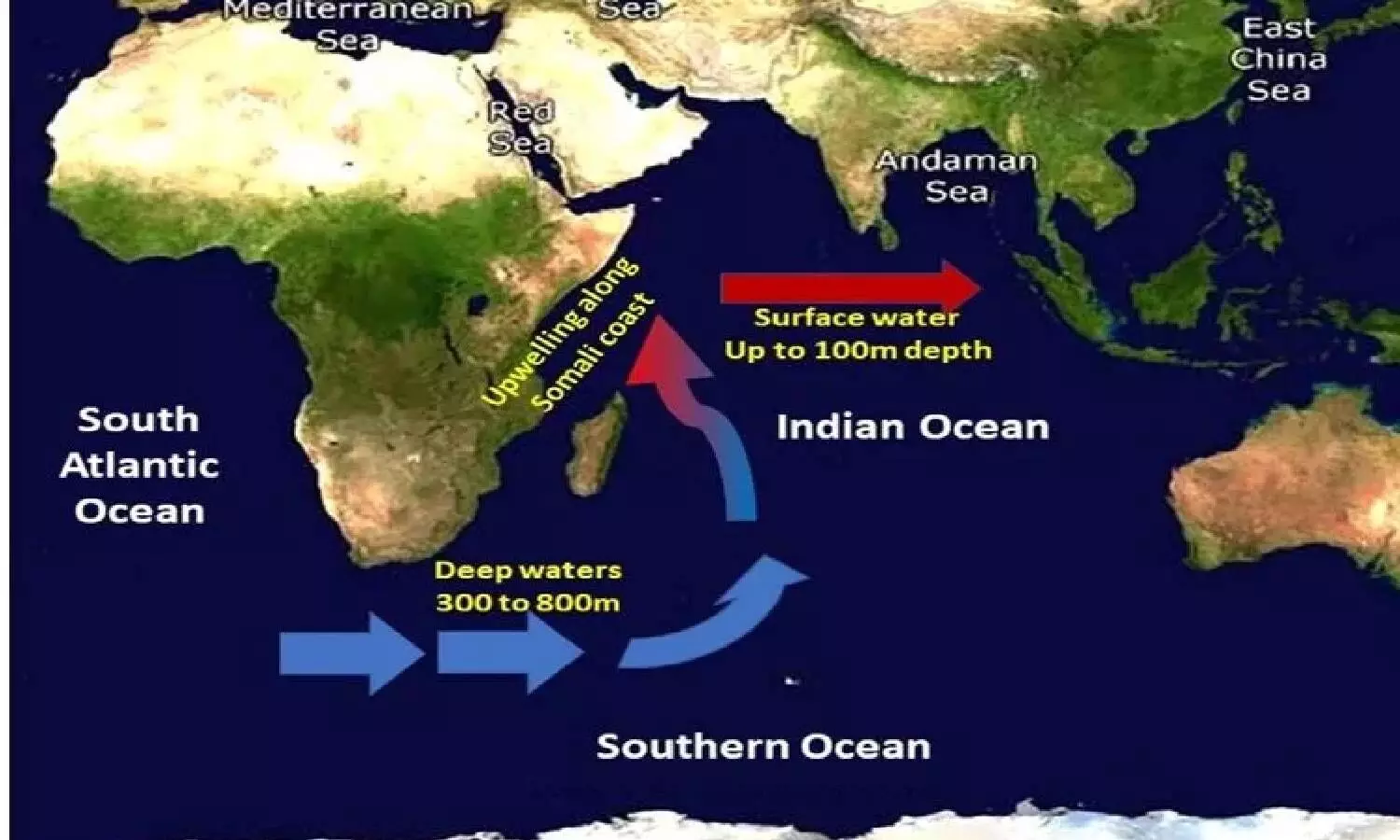Decadal predictions of tropical phenomena beyond 2-5 yrs now possible: UoH study on Indian Ocean Dipole
A new study by the University of Hyderabad (UoH), in collaboration with the University of Exeter, has for the first time uncovered that Indian Ocean Dipole (IOD) climate scientists can make decadal climate predictions.
By Newsmeter Network
Hyderabad: A new study by the University of Hyderabad (UoH), in collaboration with the University of Exeter, has for the first time uncovered that Indian Ocean Dipole (IOD) climate scientists can make decadal climate predictions.
The newly emerging field of decadal prediction is all about forecasting the climate for the next five-20 years and helping stakeholders in decision making and strategizing.
The research was carried out by Prof. K. Ashok, his PhD student Feba Francis, and Prof. Satish Shetye, a former Chair professor of Centre for Earth, Ocean, and Atmospheric Sciences, University of Hyderabad. The UoH team collaborated with Prof. Mat Collins of the University of Exeter in this research.
The authors analyzed retrospective decadal forecasts, with initial conditions from 1960 to 2011, from four models generated by the scientific community under the Coupled Model Intercomparison Project (version 5) decadal prediction project. The authors found that IOD has a longer prediction skill on a multi-year scale.
They found that two models, MIROC5 from Japan and CanCM4 from Canada, showed significant prediction skills for up to 10 years, with strongest leads up to two years. Interestingly, the analysis by the authors indicated that the lead skills and predictability of the IOD come from the subsurface ocean signals in the southern ocean.
The El Niño-Southern Oscillation (ENSO) events, which occur in the tropical Pacific, are well known as a major climate driver. The Indian Ocean Dipole (IOD) is another important climate driver that affects the global climate. The positive phase of the IOD is characterized by above normal sea surface temperature in the equatorial eastern Indian Ocean, and below normal temperatures in the western equatorial Indian Ocean.
The negative IOD events are characterized by the opposite signature. Strong positive IOD events which occurred in years such as 2019, 2007, 1997, 1994, 1967 1963, 1961, etc., are associated with strong rains along the Indian monsoon trough region. The latest extreme positive IOD occurred in the summer of 2019 and contributed to the unprecedented wildfire season in Australia, floods in East Africa, and above normal rainfall and floods in India.
Strong positive IOD events have impacts on Indian summer monsoon that are opposite to both canonical and Modoki El Niños; the latter cause below normal rainfall in India. The monsoon seasons of 1997 (canonical El Niño and positive IOD) and 1994 (Modoki El Niño and positive IOD) are such typical examples. Positive IOD events also cause below normal rainfall in Indonesia and Australia; heatwaves in Japan and Europe, and East Africa; and fires in Australia, Indonesia.
The impacts of the IODs can be seen all the way in Europe and Americas as well. Negative IODs have a tendency to reduce the seasonal monsoon rainfall along the monsoon trough. In fact, a negative IOD event was prominent till August and is the likely factor for the below normal rainfall in north India till the second week of August or so.
While decadal prediction is seen to be feasible for mid-latitudes, such lead skills for tropics are poor. For example, almost every operational climate model can predict ENSO very well, with a skillful lead prediction of a year and above. However, the lead prediction skills for the IOD are limited to a few months. Only one-two models show the skills to predict the eastern Indian Ocean temperatures at the lead of a few seasons to one year. Given the impact of the IOD, predicting it well in advance would of course be very beneficial for society.
The authors also stated that the results are only indicative but they strongly feel that the newly-released decadal predictions runs under the CMIP6 simulations by the global community may show better decadal prediction skills, given the improved models and larger number of observations that have been assimilated. An improved prediction skill for a prominent and major climate driver like the IOD would help improve the Indian monsoon prediction skill. This study has wide-ranging benefits for climate science and society.